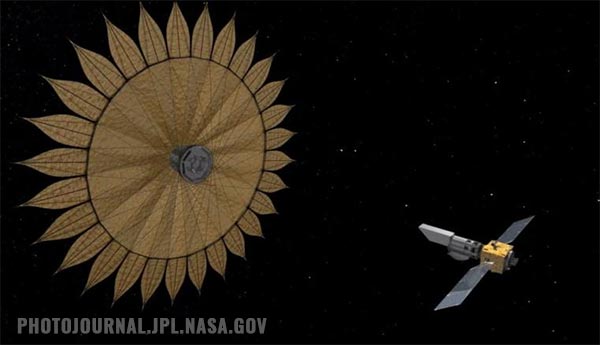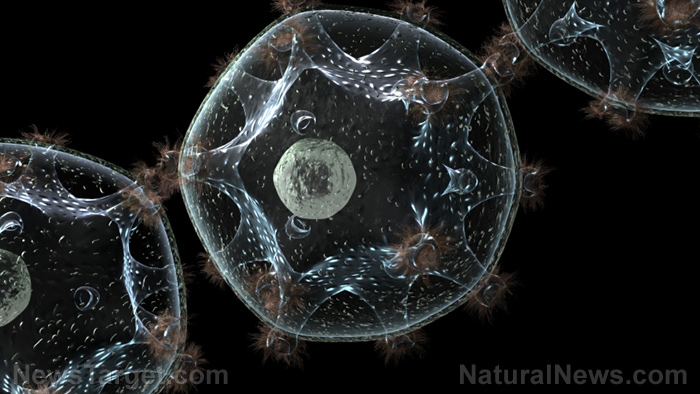Researchers use AI to simulate the universe: The simulation works, but it’s “a great mystery” that’s yet to be understood
02/27/2020 / By Arsenio Toledo

Researchers have announced that, for the first time in human history, artificial intelligence (AI) has been able to create a simulation of the universe in a way that seems to work like the actual thing. However, the researchers aren’t entirely sure how it works.
In their study, published in the journal Proceedings of the National Academy of Sciences, the researchers stated that they wanted to understand how the universe evolved. To do that, they built an artificial intelligence network inspired by biological neural networks. Their goal, as detailed in the study, was to create a simulation of the universe in order to create scenarios for how the universe began.
The scientists, who come from Carnegie Mellon University, the University of California Berkeley, the University of British Columbia, and the private Flatiron Institute, hope to continue doing more research on their AI to figure out why their simulations worked out so perfectly.
The researchers sought the help of artificial intelligence
Understanding the beginnings and the formation of the universe is a near-impossible task. Fortunately, the astrophysicists involved in the project were able to turn to computer modeling for their research. However, traditional computer models require an extremely high amount of computing power, as well as a lot of time, for the kinds of simulations that they need. This is because the researchers want to run possibly thousands of simulations — all the time adding and subtracting different factors — in order to determine which scenario is the closest to their desired output.
This is why the researchers created a deep neural network to speed up the pace of their research. The AI, which they called the Deep Density Displacement Model, or D3M, is a neural network that is designed to “learn” over time by recognizing common features in the data the researchers will feed it. D3M is also designed to learn how to manipulate the said data.
The researchers fed D3M over 10,000 simulations using a high-accuracy traditional computer model of the universe. After D3M learned how the simulations functioned, the researchers put it in a brand-new simulation of a cube-shaped universe spanning 600 million light-years across and put it to work.
D3M was able to run its own simulations in this new playground it was given, similar to the 10,000 simulations it was fed during its training period. According to the researchers, the simulations focused on the pivotal role played by gravity in the formation of the universe. What surprised the researchers though was how, when they gave D3M brand new parameters, such as the introduction of dark matter into the simulated universe, it was still able to create a simulation despite never having been trained to handle dark matter.
“It’s like teaching image-recognition software with lots of pictures of cats and dogs, but then it’s able to recognize elephants,” study co-author Shirley Ho said in a statement.
Ho, a theoretical astrophysicist at the New York Center for Computational Astrophysics, has stated that she and her team are still unsure how D3M learned this, noting that this feature makes the simulation an interesting new field of study for both computational science and cosmology.
“We can be an interesting playground for a machine learner to use to see why this model extrapolates so well, why it extrapolates to elephants instead of just recognizing cats and dogs. It’s a two-way street between science and deep learning,” said Ho. (Related: This uncanny AI can guess what you look like by analyzing voice recordings.)
The researchers plan to continue experimenting with D3M, this time adding in new parameters to examine how different factors — such as the movement of fluids and gases — may have played a role in the creation of the universe.
If you want to learn more about the many mysteries of the Earth and the universe, head over to Unexplained.news.
Sources include:
Phys.org .
Tagged Under: artificial intelligence, artificial neural network, astrophysics, computational astrophysics, computational science, cosmology, cosmos, creation of the universe, Deep Learning, future science, machine learning, research, science and technology, Space, Universe
RECENT NEWS & ARTICLES
COPYRIGHT © 2017 REAL SCIENCE NEWS

















